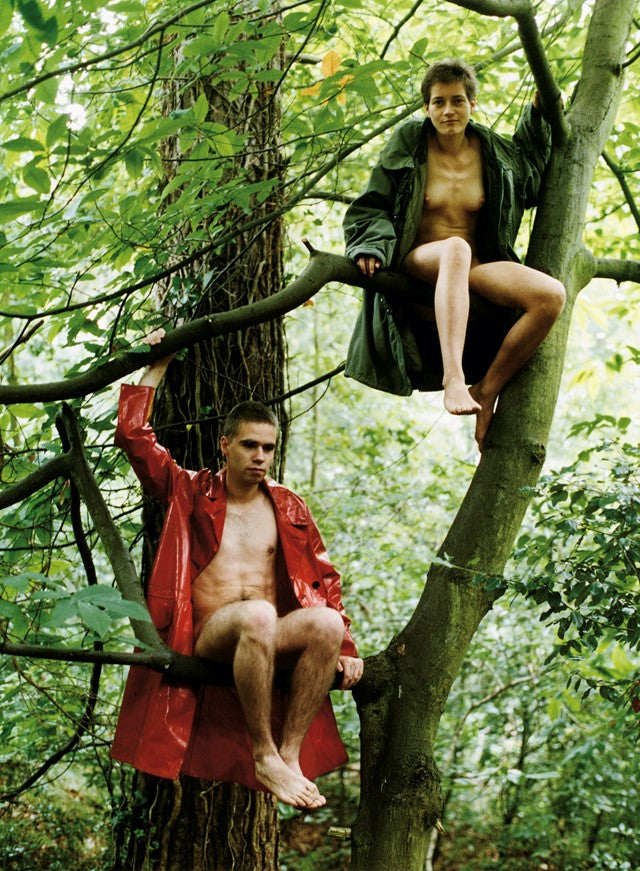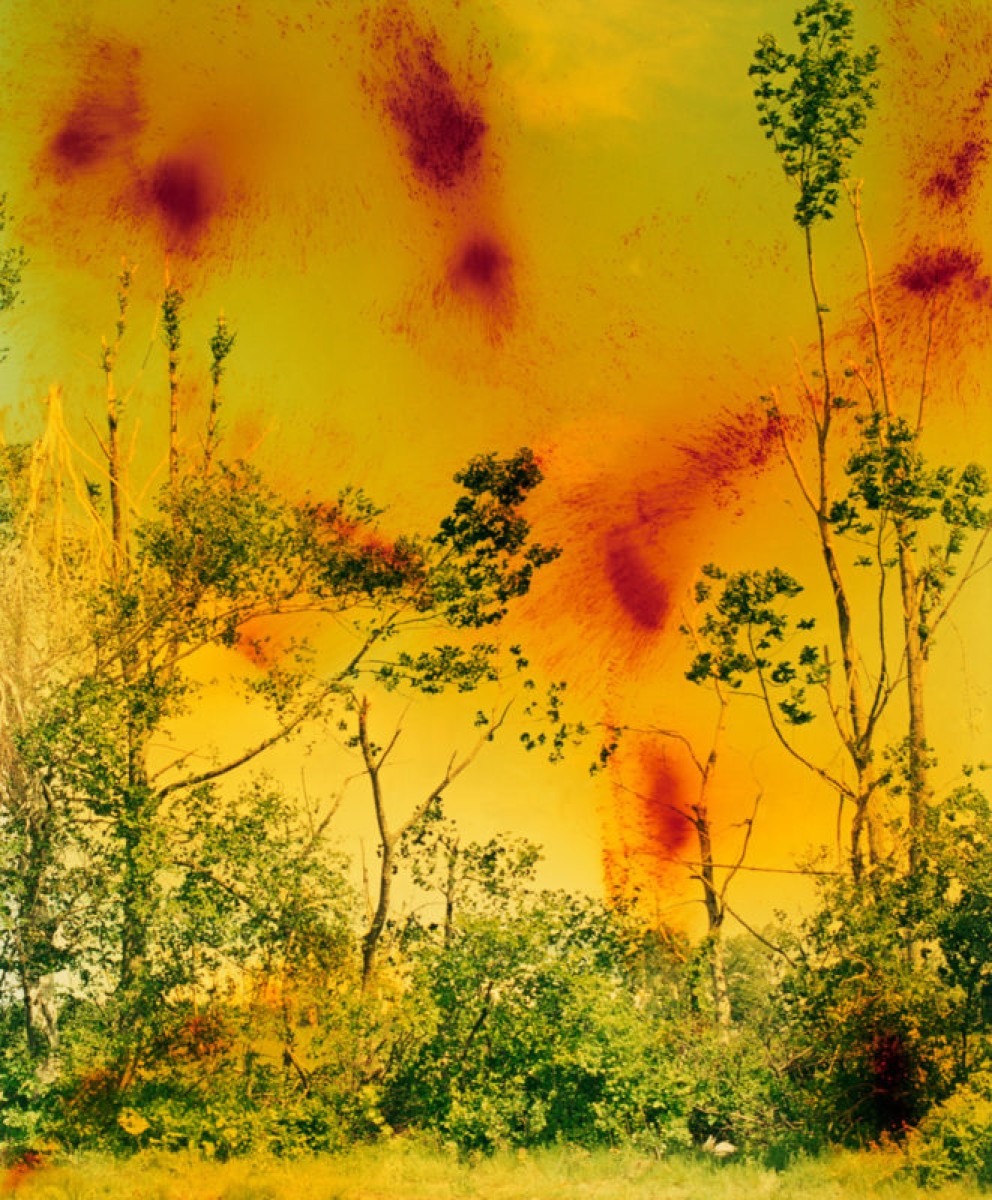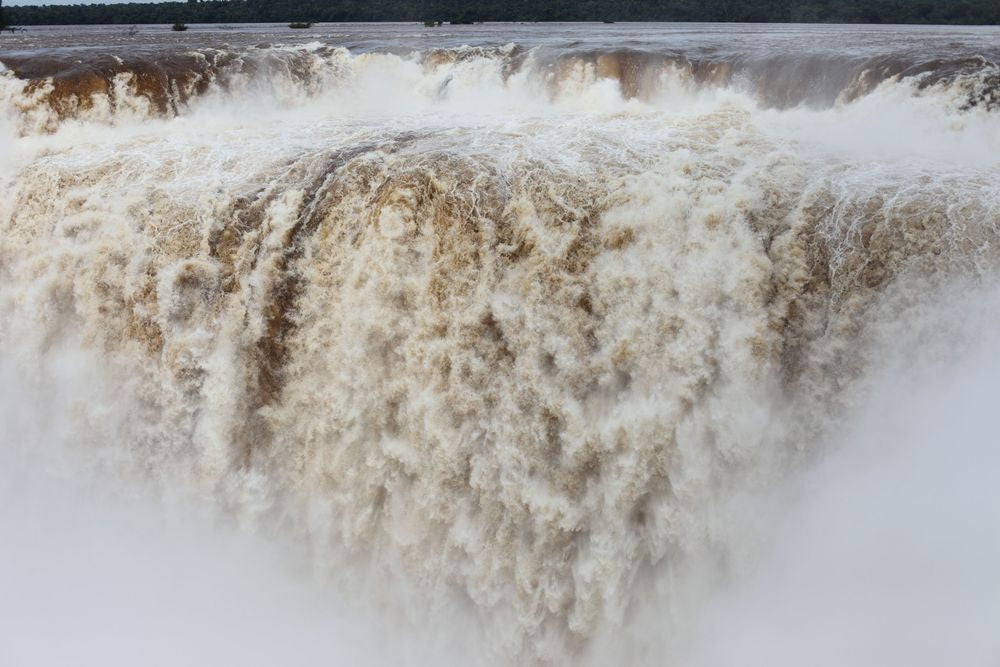
What is the story of Wolfgang Tillmans?
Wolfgang Tillmans is a German photographer known for his work in documentary photography. Born on August 16, 1968, in Remscheid, Germany, he studied at Bournemouth and Poole College of Art and Design, in England, from 1990 to 1992, and later at the School of Arts and Design in Hamburg, Germany, from 1992 to 1994 During his studies, he began to photograph his friends and colleagues in domestic environments and at parties, creating a casual and intimate aesthetic.
In the 1990s, Tillmans became known for his work in art and culture magazines such as iD and Interview, and for his exhibitions in galleries and museums. In 2000, he was the first non-British photographer to receive the prestigious Turner Prize for contemporary art.
Tillmans' work includes a wide range of techniques, including color and black and white photography, large format prints, multimedia installations and publications in book format. He is also known for his ability to capture atmosphere and emotion in his portraits and landscapes, as well as for his experimentation with the form and presentation of his works.
Some of his notable projects include his series of photographs of nightclubs and raves, his documentation of the Berlin music scene in the 1990s, and his coverage of political and social issues such as the campaign for gay rights and the refugee crisis. in Europe. Today, Tillmans is one of the most recognized and influential photographers in the world, and his work is exhibited in international contemporary art galleries and museums.

What are the characteristics of the works of Wolfgang Tillmans?
Wolfgang Tillmans' works are known to be very diverse in terms of style, technique and subject matter, but there are some common characteristics that permeate his work:- Intimacy: Wolfgang Tillmans often works with portraits of friends, lovers and strangers, creating images that feel intimate and personal.
- Casual approach: Wolfgang Tillmans takes a casual approach to his photographs, often taking pictures of subjects in domestic settings or in everyday situations.
- Technical innovation: Wolfgang Tillmans is known for his technical innovation and his experimentation with the photographic medium, including the use of inkjet printers to create large format prints.
- Exploration of political and social themes: Many works by Wolfgang Tillmans address political and social issues, including the struggle for gay rights and the refugee crisis.
- Youth culture documentation: Wolfgang Tillmans is known for documenting youth culture, including Berlin's music scene in the 1990s and the rave scene.
- Abstraction and formal experimentation: Wolfgang Tillmans often works with abstract forms and formal experimentation, creating images that challenge traditional photographic conventions.
- Unconventional presentation: Wolfgang Tillmans often presents his works in unconventional ways, including multimedia installations and publications in book format.

What are Wolfgang Tillmans influences?
Wolfgang Tillmans influences are diverse and include a wide range of cultural, artistic and social sources. Some of the main influences on his work include:- Documentary photography: Wolfgang Tillmans was influenced by the documentary photography tradition, including the works of Dorothea Lange, Walker Evans and Robert Frank, which address social and political issues.
- Concept art: Wolfgang Tillmans is influenced by conceptual art, which often focuses on the idea or concept behind an artwork rather than its physical form or appearance.
- Music and youth culture: Wolfgang Tillmans is a huge fan of music and youth culture, and his work reflects this influence by documenting music scenes and subcultures such as raves.
- Postmodernism: Wolfgang Tillmans is influenced by the postmodernist movement, which questions the notion of a single objective truth and emphasizes subjectivity and the multiplicity of perspectives.
- Politics and activism: Wolfgang Tillmans is a political activist and his work reflects this influence, addressing issues such as LGBT rights, migration policy and human rights.
- Abstract and minimalist art: Wolfgang Tillmans is influenced by abstract and minimalist artists, who explore formal simplicity and the absence of narrative in their work.
- Experimental photographic techniques: Wolfgang Tillmans is known for his technical innovation and his interest in experimenting with the photographic medium, including the use of film and digital cameras, inkjet printers, and the creation of abstract images through digital manipulation.

What are the most famous works?
Wolfgang Tillmans has an extensive and acclaimed career, with many famous and influential works. Some of his best known works include:- "Lutz & Alex Sitting in the Trees" (1992): an intimate, casual image of two men sitting in a tree that has become an icon of queer photography.
- "Concord Grid" (1997): a series of photographs of Concorde aircraft arranged in a grid, which explore the idea of speed and movement.
- "Freischwimmer" (2004): a series of abstract images that explore the relationship between color, shape and texture.
- "Truth Study Center" (2017): an installation composed of a series of images and objects that explore the nature of truth and evidence.
- "Soldiers" (1999): a series of portraits of British soldiers that explore the relationship between violence and military power.
- "The Cock (Kiss)" (2002): this work explores themes such as youth, fun and innocence.
- “Still life, New York” (2001): this work reflects on everyday life and the ephemeral nature of life.
- "Book for Architects" (2014): a book of photographs that explores contemporary architecture and the relationship between space and power. These are just some of Tillmans' most famous works, but his oeuvre is vast and diverse, spanning a wide range of themes and styles.

What inspires Wolfgang Tillmans?
Wolfgang Tillmans finds inspiration from a wide range of cultural, artistic and social sources. Some of the things that inspire his work include:- People and portraits: Wolfgang Tillmans is known for his portrait work, and is often inspired by his friends, lovers and people he meets on his travels.
- Politics and activism: Wolfgang Tillmans is a political activist and finds inspiration in issues such as LGBT rights, migration policy and human rights.
- Music and youth culture: Wolfgang Tillmans is a huge fan of music and youth culture, and his work reflects this influence, documenting music scenes and subcultures.
- Travel and landscapes: Wolfgang Tillmans travels frequently and finds inspiration in the landscapes and cultures he encounters on his travels.
- Experimental photographic techniques: Tillmans is known for his technical innovation and his interest in experimenting with the photographic medium, including the use of film and digital cameras, inkjet printers, and the creation of abstract images through digital manipulation.
- Contemporary art: Tillmans is influenced by contemporary art, including artists such as Jeff Koons, Damien Hirst and Dan Flavin, who explore issues such as the relationship between art and commerce, the nature of representation, and the relationship between art and technology. These are just some of the things that inspire Wolfgang Tillmans in his work, and his work is known for its diversity and breadth in terms of themes and styles.

What photographic material does Wolfgang Tillmans use?
Wolfgang Tillmans is known for his experimental and innovative approach to photography, using a wide variety of materials and techniques in his work. Some of the photographic materials Tillmans uses include:- Analog and digital cameras: Wolfgang Tillmans uses a wide variety of cameras, both analogue and digital, to create his images.
- Photographic films and paper: Wolfgang Tillmans works with a wide variety of photographic films and papers, including black and white and color films, as well as traditional papers and inkjet coated papers.
- Fingerprint: Wolfgang Tillmans is known for his innovations in digital printing, including the use of inkjet printers to create large format images and layered prints.
- Gluing and assembly: Wolfgang Tillmans often creates images through collage and montage, joining different photographs into a single image.
- Digital manipulation: Wolfgang Tillmans uses digital manipulation to create abstract images and explore the possibilities of the photographic medium.
- Installation: Wolfgang Tillmans frequently creates installations of his images, displaying the photographs in a variety of formats and media, including acrylic sheets, wallpaper and three-dimensional objects. This variety of materials and techniques is part of what makes Wolfgang Tillmans' work so innovative and diverse. He is always looking for new ways to explore the photographic medium and challenge the conventions of contemporary photography.

